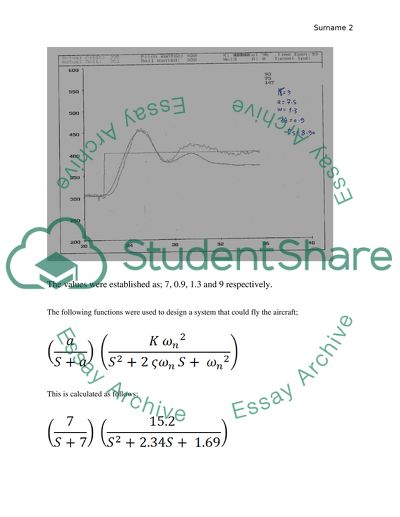Cite this document
(“Engineering Essay Example | Topics and Well Written Essays - 2500 words”, n.d.)
Engineering Essay Example | Topics and Well Written Essays - 2500 words. Retrieved from https://studentshare.org/engineering-and-construction/1641195-engineering
Engineering Essay Example | Topics and Well Written Essays - 2500 words. Retrieved from https://studentshare.org/engineering-and-construction/1641195-engineering
(Engineering Essay Example | Topics and Well Written Essays - 2500 Words)
Engineering Essay Example | Topics and Well Written Essays - 2500 Words. https://studentshare.org/engineering-and-construction/1641195-engineering.
Engineering Essay Example | Topics and Well Written Essays - 2500 Words. https://studentshare.org/engineering-and-construction/1641195-engineering.
“Engineering Essay Example | Topics and Well Written Essays - 2500 Words”, n.d. https://studentshare.org/engineering-and-construction/1641195-engineering.


